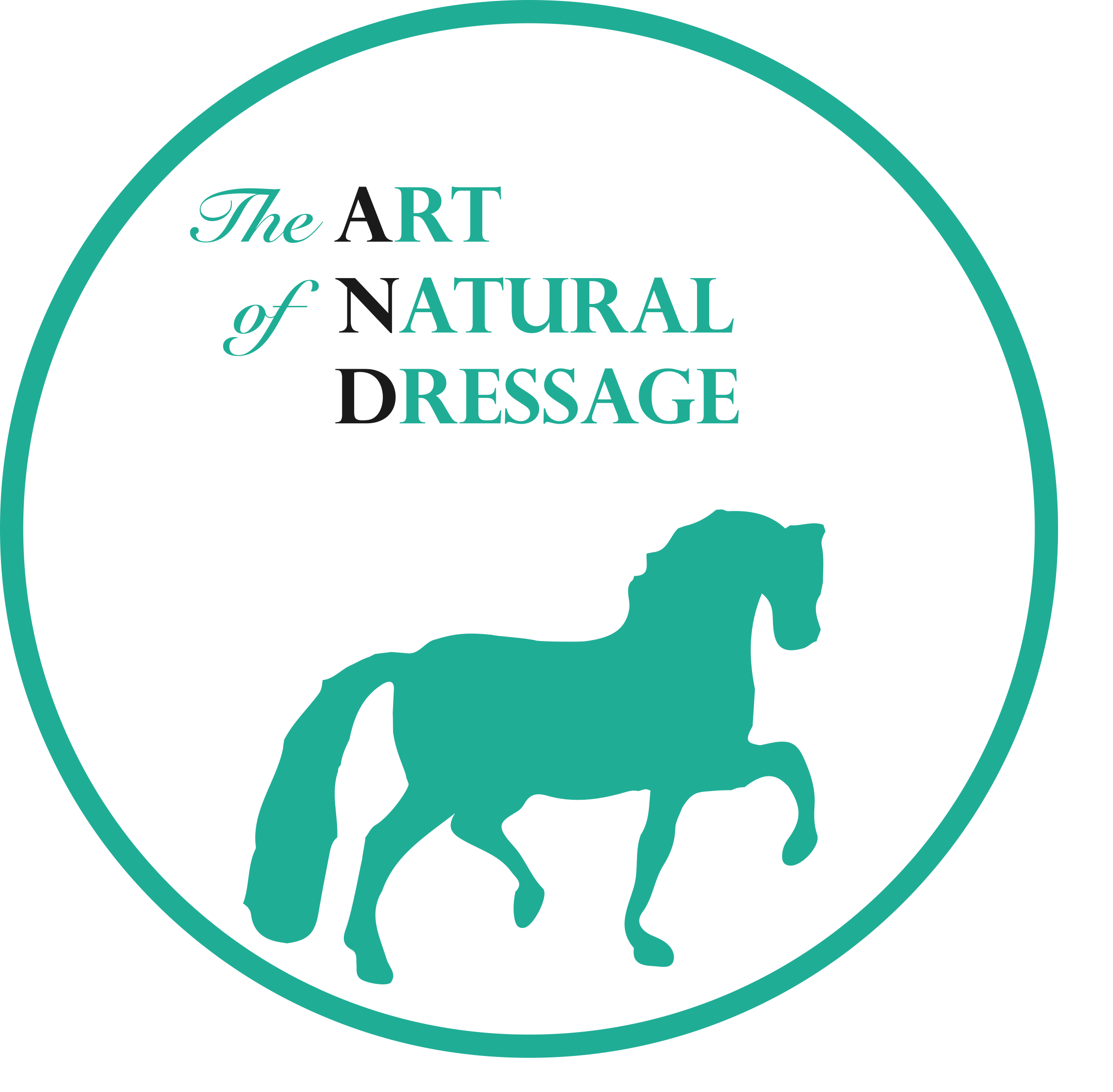As high-energy play is not always suitable for every horse or situation, this discussion collects ideas for calm games—activities that are engaging and fun but require minimal energy. These games can serve as breaks between focused training sessions.
Examples of Calm Games
1. Object Interaction
• Picking up and moving objects like balls, cones, or poles.
• Placing items in designated spots as a thinking game.
• Standing on different surfaces like mats or pedestals.
2. Staying in Place
• Training a horse to stay inside a marked circle while the handler moves.
• Similar to a dog’s “stay” command, reinforcing patience and stillness.
3. Precision Movements
• Asking the horse to place one foot on a specific object and gradually increasing the challenge.
• Walking through a line of cones at a slow, thoughtful pace.
4. Mind Engagement Games
• Hide-and-seek with an apple or treat.
• Teaching a horse to recognize and interact with different objects.
• Playing “come and see,” where the horse learns to lead the handler to interesting things.
5. Relaxation and Body Awareness
• Encouraging the horse to lower its head and relax.
• Offering massages as a calming interaction.
• Using slow, deliberate movements to teach body control.
6. Games for Two-Way Communication
• Allowing the horse to initiate and lead activities.
• Observing how horses naturally engage with their environment and adapting play accordingly.
Participants share experiences of how calm games enhance their bond with horses, improve focus, and help with emotional regulation. The discussion highlights that any game can be adapted to be calm, emphasizing mutual understanding rather than high-energy responses. and towards shared play, horses become more engaged, responsive, and willing participants. Role-playing encourages creativity, enhances relationships, and removes the pressure of rigid expectations.

